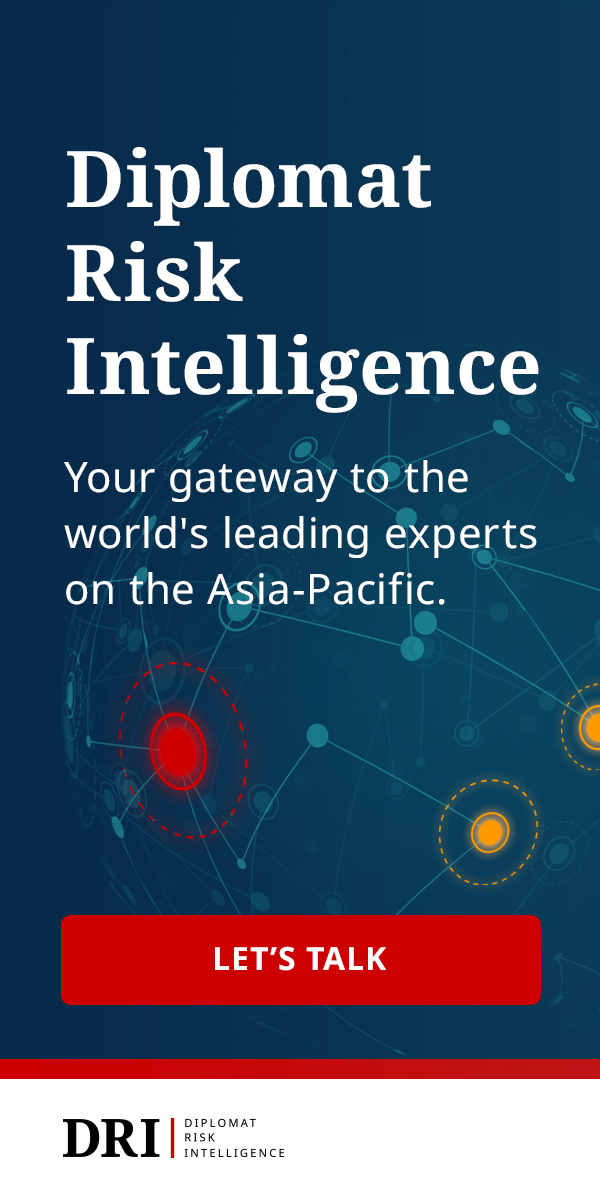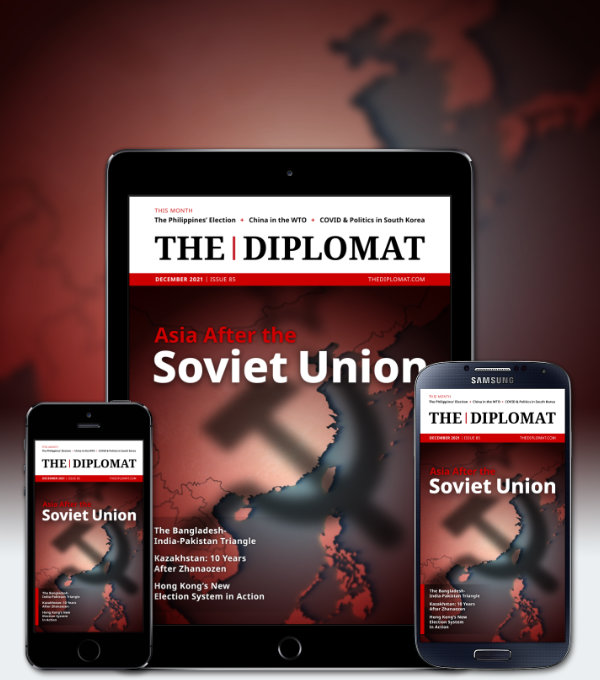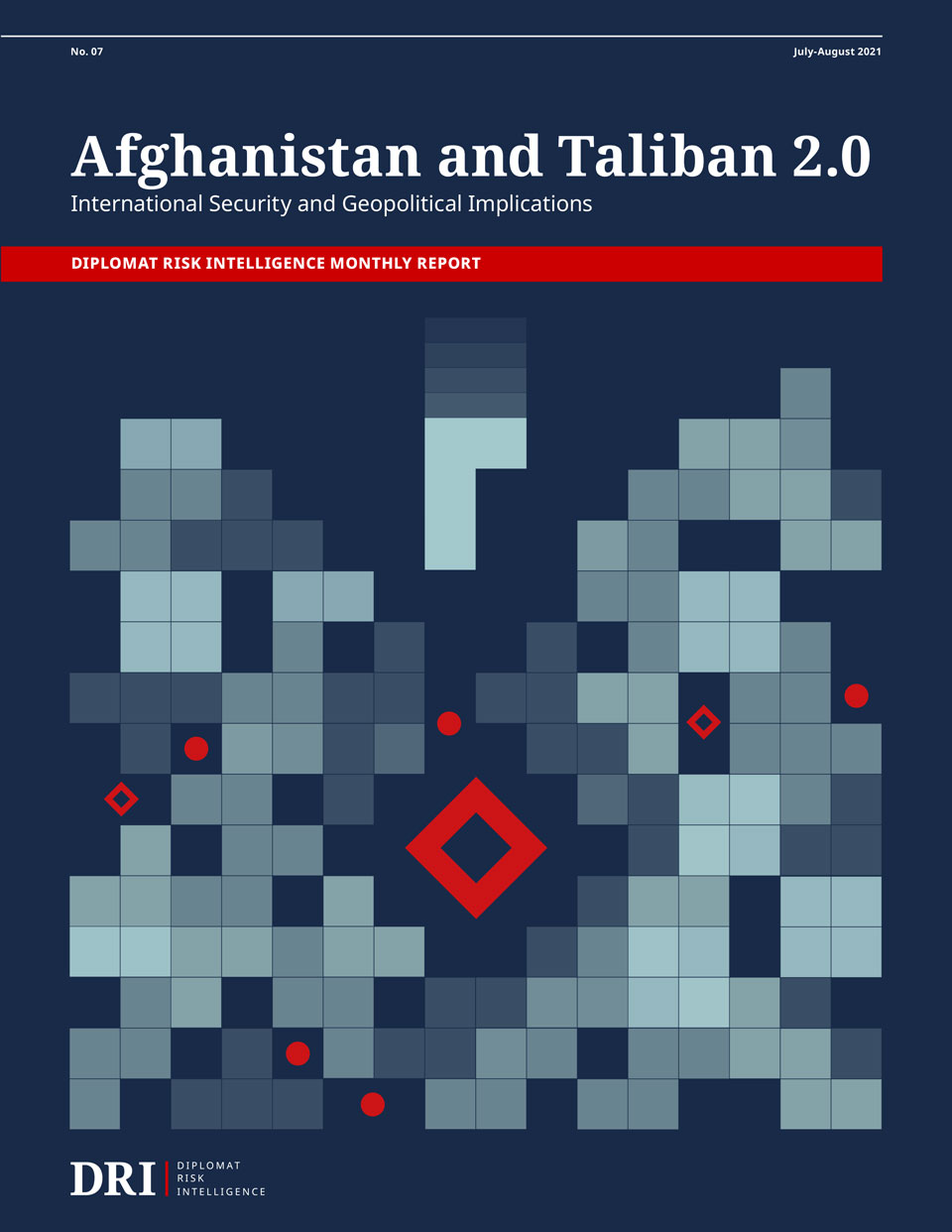| Welcome to the latest issue of Diplomat Brief. This week our top story explores the emergence of “hybrid militants” in Kashmir. We also have an interview with David Ownby, a professor of history at the University of Montreal, about ideology and intellectuals in China. |
| Story of the week |  | SECURITY Who Are Kashmir’s 'Hybrid Militants'?What Happened: In mid-November, four men were killed by Indian security forces in the Hyderpora neighborhood of Srinagar. The authorities called it a gun battle and said the slain men were “terrorists disguised as civilians.” Their families, however, disputed the police account and claimed the encounter was staged. The episode brought to the fore Indian authorities’ new emphasis on “hybrid militants” in Kashmir – a term hotly disputed by locals, who see it as a way to cover up civilian deaths. Our Focus: Police Inspector General Vijay Kumar told reporters that hybrid militants are “terrorists disguised as civilians”: “They are part-time terrorists who are not in our list [of militants],” he said, adding that such people remain in touch with “terrorists through digital devices and are locally trained.” Dr. Sheikh Showkat Hussain, a prominent political analyst and an academic in Kashmir, has a different take, however. He told The Diplomat that the police use the new term for people who previously were known as “militant sympathizers.” According to Hussain, “Authorities want to target the dissent. Once dissent is targeted they need justification for it and that justification is created by using the word hybrid militant.” What Comes Next: The emergence of “hybrid militants” is a plausible development given India’s intense crackdown on those who openly declare they have joined militant groups, as had been the norm in Kashmir. But the idea of terrorists in “disguise” as civilians also sits uncomfortably with recurring accusations of staged encounters by Indian security forces and a lack of accountability and transparency following police killings. One rights activist summed up the concerns: “Action can be taken against anybody by labeling him as [a] hybrid militant.” Read this story |
| Behind the News | INTERVIEW David OwnbyDavid Ownby, a professor of history at the University of Montreal, on the gap between CCP rhetoric and China’s people: “For Chinese intellectuals, even if they support the regime, they wish that the regime would stop being something from the last century… China is awake to the world in a lot of ways, whereas the party is still stuck in 19th or 20th century Marxist rhetoric.” Read the interview |
| This Week in Asia | Northeast Asia US Defense Minister in South KoreaU.S. Secretary of Defense Lloyd Austin will be in South Korea on December 2 for the annual Security Consultative Meeting with his counterpart, Suh Wook. Expect the Moon administration’s push for a declaration to formally end the Korean War to be high on the agenda, alongside long-standing issues related to wartime OPCON transfer from the U.S. to South Korea. Find out more | South Asia The India-Russia 2+2India will host its first “2+2” dialogue with Russia on December 5-6, highlighting a longstanding relationship that faces new complications amid China-U.S. tensions. Russia has been drawing closer to China (and Pakistan) while India strengthens ties with the United States. Can the India-Russia 2+2 recapture the bonhomie of old? Find out more | Southeast Asia Cambodia’s Opposition SplintersOver the weekend, a rift between the leaders of Cambodia’s now banned opposition party, the CNRP, spilled into the open, when Kem Sokha announced on Facebook that he would no longer be associating with Sam Rainsy. While Rainsy said the message was the result of pressure from the Cambodian government, tensions between the two men have long been the subject of rumors. Regardless of the cause of the latest rift, it’s one more step in the total dissolution of any competitive opposition in Cambodian politics. Find out more | Central Asia Can’t Even Pay Central Asia to Host Afghan RefugeesFinancial compensation doesn’t seem to be enough to lure Central Asian countries into accepting Afghan refugees, with Uzbek officials scoffing at reported NATO offers of payment if Tashkent would agree to take in Afghans. Even Tajikistan is turning hopefuls back at the border. Find out more |
| Visualizing APAC |  | The United States’ Summit for Democracy included some surprising participants – and excluded some others – from the Asia-Pacific region. See the full picture |
| Word of the Week | SOCIETY ШаңырақShanyrak: Kazakh for the highest point on a yurt, where wooden beams meet in a distinctive circle with a cross hatch pattern. It also serves as a symbol of shelter, family, and nation, including on Kazakhstan’s national emblem. Find out more |
|  |





